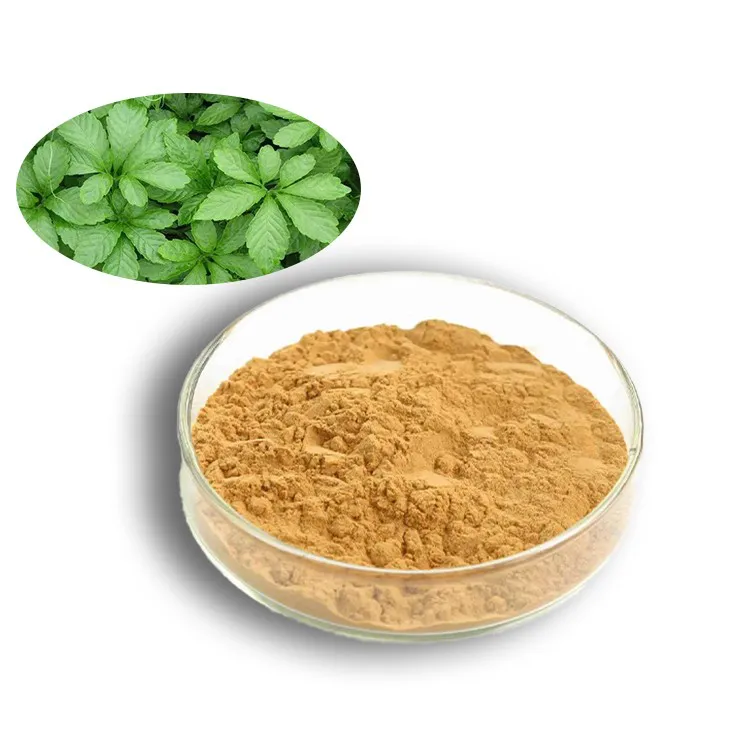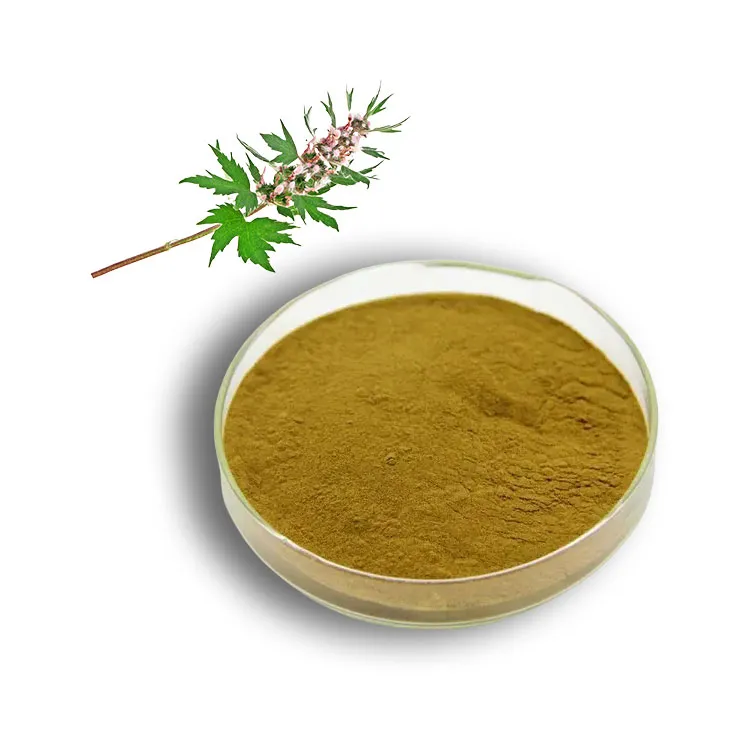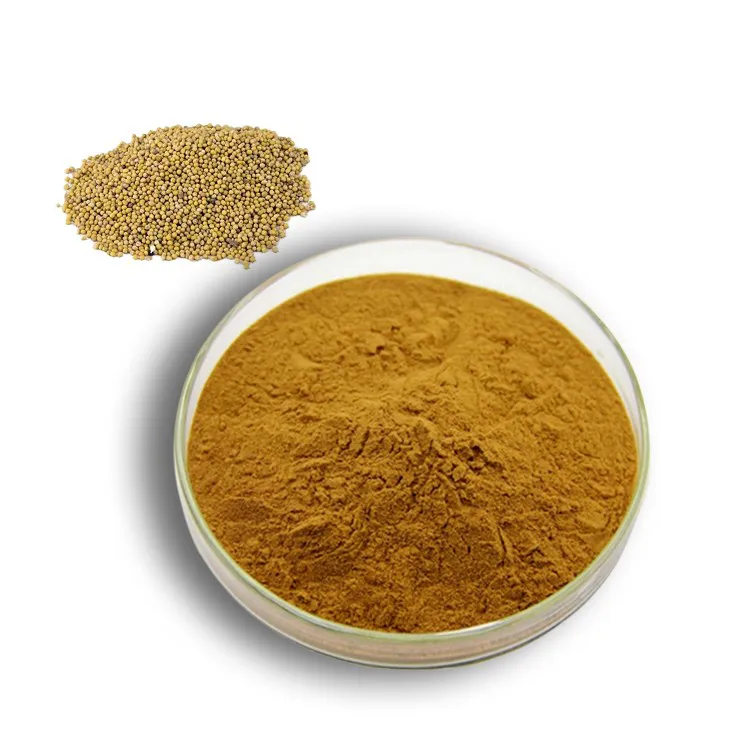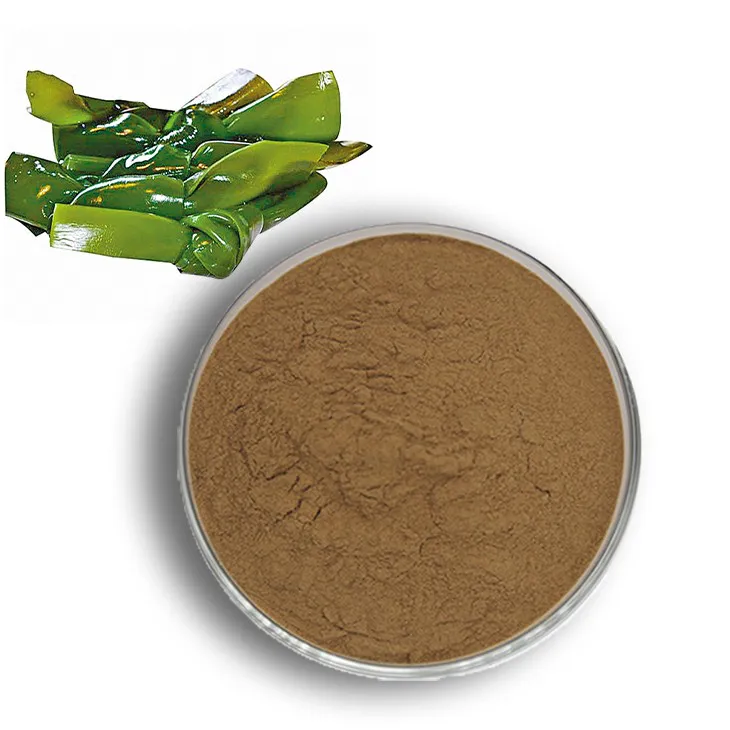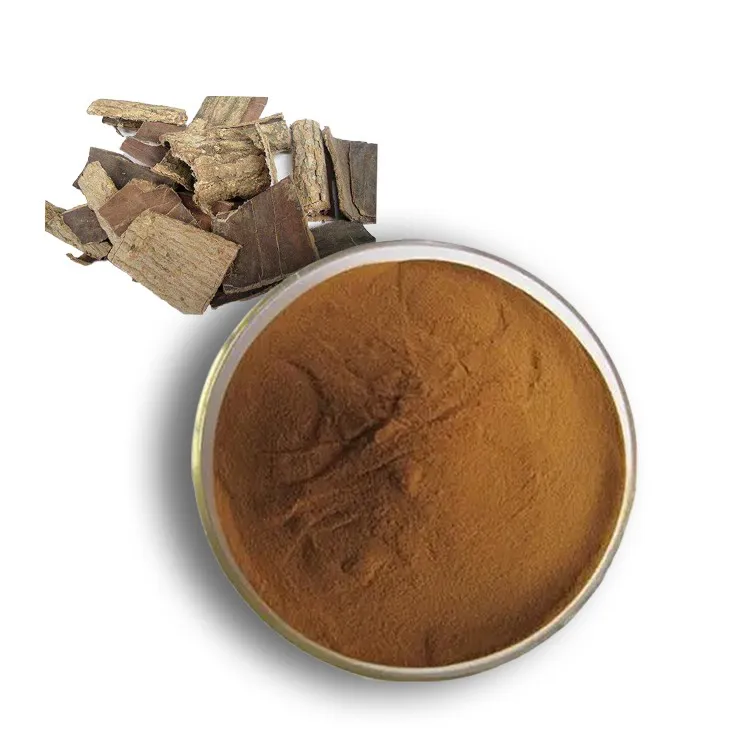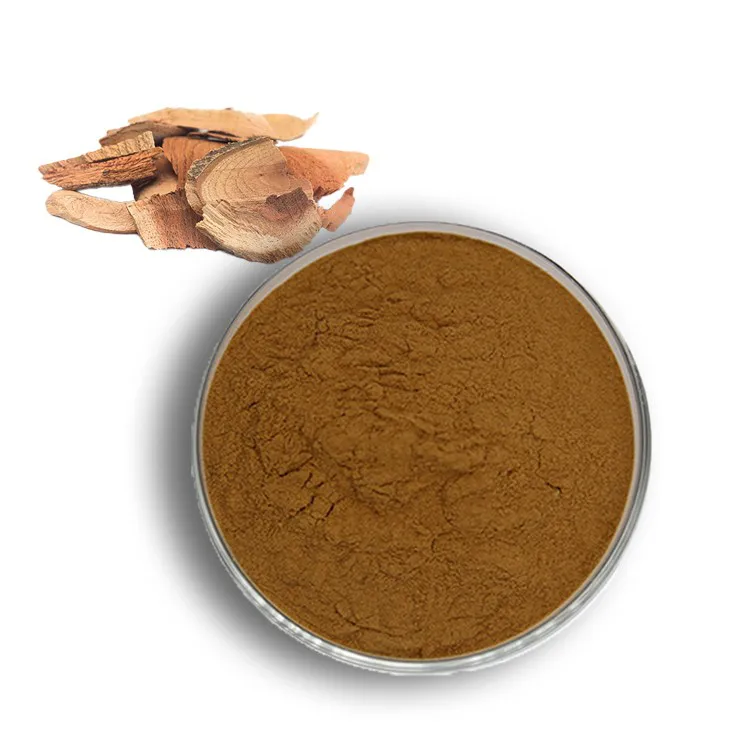- 0086-571-85302990
- sales@greenskybio.com
What is horse chestnut removal?
2025-06-26
The horse chestnut tree, known scientifically as Aesculus hippocastanum, is a familiar sight in parks, gardens, and along streets, recognized for its distinctive palmate leaves and the iconic conkers it produces. Native to the Balkans, the horse chestnut has been widely introduced across Europe, North America, and other temperate regions. Despite its popularity, there are instances where removal of these trees becomes necessary due to factors such as disease, structural safety, ecological impact, and urban planning needs. This article delves into the reasons for horse chestnut removal, the methods employed, and the broader implications of this practice.
Understanding the Horse Chestnut
Before exploring tree removal, it's important to appreciate the characteristics that make the horse chestnut both valuable and controversial. These large, deciduous trees can grow to a height of 30 meters (approximately 100 feet) and have a lifespan extending beyond 300 years under ideal conditions. Their aesthetic appeal is undeniable, especially during spring when large, showy flower spikes adorn their branches.
However, horse chestnuts are not without issues. They are susceptible to various diseases and pests, such as the horse chestnut leaf miner and bleeding canker disease. These afflictions can lead to significant reductions in tree health and aesthetic value, compromising their suitability for certain environments and necessitating removal in some cases.
Reasons for Horse Chestnut Removal
1. Disease and Pest Infestation: The spread of horse chestnut leaf miner (Cameraria ohridella) and bleeding canker caused by bacteria (Pseudomonas syringae pathovar aesculi) pose significant threats. These pests can defoliate the tree, lead to premature aging, and cause structural weaknesses. Severely affected trees may not recover, making removal necessary to prevent the spread to nearby healthy trees and ensure public safety.
2. Safety Concerns: Mature horse chestnuts can become hazardous, especially if weakened by disease or decay. Such trees pose a risk of falling branches or even complete structural failure, posing a safety threat in urban and public areas where people gather or pass beneath them.
3. Urban Development and Planning: Removal may be mandated to accommodate urban development projects such as road expansion, building construction, or to address visibility and access issues in public spaces. In some cases, horse chestnut trees are replaced with species better suited to the environment, offering advantages such as smaller mature sizes or lower maintenance needs.
4. Environmental Impact and Biodiversity: Although horse chestnuts provide habitat and food for certain wildlife, they can dominate local ecosystems, potentially outcompeting native species for resources. Removal and replacement with native trees can support biodiversity conservation goals and create more resilient ecosystems.
Methods of Horse Chestnut Removal
The process of removing a horse chestnut tree is carefully planned to minimize environmental and safety risks. Common methods include:
1. Felling: This is the simplest method, where the tree is cut down at the base. It is suitable for areas where there is enough space for the tree to fall safely without causing damage to property or other plants.
2. Sectional Dismantling: In confined spaces or urban settings, where simply felling the tree is impractical, sectional dismantling is employed. This involves carefully removing the tree in sections, starting from the top and working downwards. Cranes, ropes, and pulleys may be used to lower large branches to the ground safely.
3. Chemical Treatments and Stump Grinding: Once the above-ground parts of the tree are removed, the stump is often left behind. Chemical treatments can accelerate stump decay, while mechanical stump grinding quickly removes the stump, preventing potential regrowth and making space for new planting.
Ecological and Community Considerations
Removing horse chestnuts, especially large and iconic ones in urban areas, is often controversial and can evoke strong emotional responses from communities. It is crucial to engage local stakeholders in the decision-making process, transparently outlining the reasons for removal and the anticipated benefits. Often, communities appreciate replanting efforts with native species, which can maintain or enhance local biodiversity and contribute to the urban canopy.
Moreover, in cases where maintenance rather than removal is possible, alternatives such as regular pruning, pest management, and soil treatment can be considered to prolong the tree’s life and health.
Replanting and Restoration
Following horse chestnut removal, replanting is an opportunity to enhance ecological value and aesthetic appeal. Native trees and shrubs are typically prioritized to support local wildlife and ecosystem functions. Additionally, selecting disease-resistant and climate-appropriate species can provide long-term benefits, reducing future maintenance requirements and promoting ecosystem stability.
Conclusion
Horse chestnut removal is a multifaceted decision involving aspects of ecological management, urban planning, and community engagement. While the removal of these majestic trees can be necessary due to disease, safety, or structural changes, it also provides an opportunity for positive ecological restoration and urban enhancement. By approaching this process thoughtfully and collaboratively, communities can ensure their green spaces are safe, vibrant, and resilient, meeting the needs of both today and tomorrow.
- ▶ Hesperidin
- ▶ citrus bioflavonoids
- ▶ plant extract
- ▶ lycopene
- ▶ Diosmin
- ▶ Grape seed extract
- ▶ Sea buckthorn Juice Powder
- ▶ Beetroot powder
- ▶ Hops Extract
- ▶ Artichoke Extract
- ▶ Reishi mushroom extract
- ▶ Astaxanthin
- ▶ Green Tea Extract
- ▶ Curcumin Extract
- ▶ Horse Chestnut Extract
- ▶ Other Problems
- ▶ Boswellia Serrata Extract
- ▶ Resveratrol Extract
- ▶ Marigold Extract
- ▶ Grape Leaf Extract
- ▶ blog3
- ▶ Aminolevulinic acid
- ▶ Cranberry Extract
- ▶ Red Yeast Rice
- ▶ Red Wine Extract
-
Gynostemma pentaphyllum extract
2025-06-26
-
Motherwort Extract
2025-06-26
-
Feverfew Extract
2025-06-26
-
Agaricus Blazei Extract
2025-06-26
-
White mustard seed extract
2025-06-26
-
Kelp Extract Powder
2025-06-26
-
White Willow Bark Extract
2025-06-26
-
Eucommia Ulmoides Extract
2025-06-26
-
Eyebright Extract
2025-06-26
-
Thunder God Vine Extract
2025-06-26











